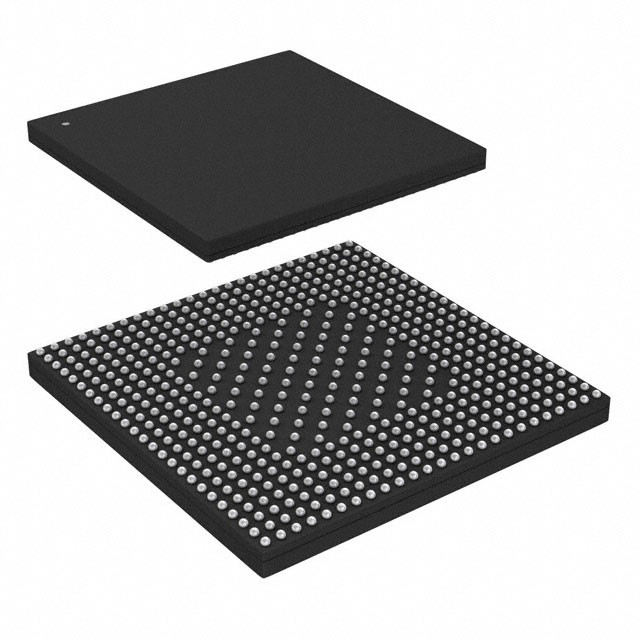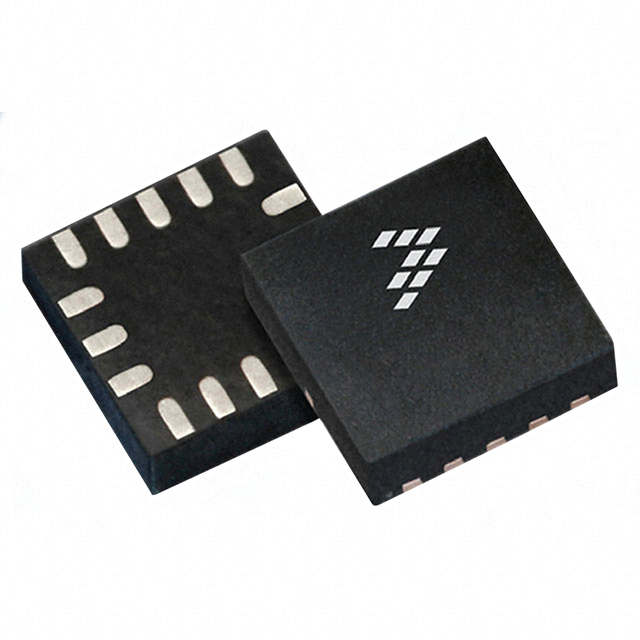- Online chat

MCIMX7D5EVM10SC
Brand:NXP
Package:---
Category:Integrated Circuits (ICs)
D/C:within 3 years
MOQ:
Datasheet:---
In-Stock:6218
QUANTITY
Product Attributes
Manufacturer:
NXP
Series:
i.MX 7Dual
Number of Cores:
3 Core
Data Bus Width:
32 bit
Maximum Clock Frequency:
1 GHz
Package / Case:
BGA-541
L1 Cache Instruction Memory:
16 kB, 32 kB
L1 Cache Data Memory:
16 kB, 32 kB
Operating Supply Voltage:
1.2 V to 1.25 V
Mounting Style:
SMD/SMT
Minimum Operating Temperature:
- 20 C
Maximum Operating Temperature:
+ 105 C
Packaging:
Tray
Interface Type:
I2C, JTAG, PCI, SAI, UART
Data RAM Size:
256 kB
Product Description
1. Overview
The MCIMX7D5EVM10SC is an evaluation board developed by NXP Semiconductors, designed to provide a comprehensive platform for developers to evaluate, develop, and prototype applications based on the i.MX 7Dual processor. This board offers a rich set of features and interfaces, enabling developers to quickly bring their ideas to life in various fields such as industrial control, consumer electronics, and Internet of Things (IoT).
2. Processor Features
2.1 i.MX 7Dual Processor
- Dual - Core Architecture: The board is powered by the i.MX 7Dual processor, which integrates a dual - core ARM architecture. It combines a high - performance ARM Cortex - A7 core and a real - time ARM Cortex - M4 core. The Cortex - A7 core can run high - level operating systems like Linux, handling complex tasks such as multimedia processing, web browsing, and application execution. The Cortex - M4 core is dedicated to real - time tasks, offering low - power and efficient performance for tasks such as sensor data acquisition and control.
- High - Speed Processing: The Cortex - A7 core can operate at a relatively high clock speed (up to 1 GHz), providing sufficient computing power for demanding applications. This allows for smooth running of multimedia applications, including video playback and image processing.
3. Memory and Storage
3.1 DRAM (Dynamic Random - Access Memory)
- The board is equipped with a certain amount of DRAM, typically 1GB or 2GB. DRAM serves as the main working memory for the system, storing data and programs that are currently being executed by the processor. It enables fast data access, ensuring the smooth operation of applications and the overall system performance.
3.2 eMMC (Embedded Multi - Media Card)
- An eMMC module is integrated on the board, usually with a capacity of 8GB or 16GB. eMMC is a non - volatile storage device that provides a large amount of storage space for the operating system, applications, and user data. It allows for quick boot - up times and reliable data storage.
4. Connectivity Options
4.1 Ethernet
- The MCIMX7D5EVM10SC features an Ethernet port, often supporting Gigabit Ethernet (1 Gbps) speeds. Ethernet connectivity enables the board to connect to local area networks (LANs) or the Internet, facilitating communication with other devices, servers, and cloud services. It is suitable for applications that require high - speed data transfer, such as industrial monitoring and data logging.
4.2 Wi - Fi
- Wi - Fi capability is provided on the board, supporting common Wi - Fi standards such as 802.11a/b/g/n/ac. Wi - Fi allows the board to connect to wireless networks without the need for physical cables, offering flexibility in deployment. It is useful for applications in environments where wired connections are not feasible, such as smart home devices and portable IoT devices.
4.3 Bluetooth
- Bluetooth technology is also integrated, enabling the board to communicate with other Bluetooth - enabled devices, such as smartphones, tablets, and Bluetooth sensors. Bluetooth can be used for short - range data transfer, device pairing, and control, adding more functionality to the board in applications like wearable devices and wireless sensors.
5. Input/Output Interfaces
5.1 USB (Universal Serial Bus)
- Multiple USB ports are available on the board, including both USB 2.0 and USB 3.0 ports. USB is a widely used interface for connecting various peripheral devices, such as keyboards, mice, USB storage devices, and cameras. USB 3.0 offers significantly higher data transfer speeds compared to USB 2.0, allowing for fast data exchange between the board and external devices.
5.2 HDMI (High - Definition Multimedia Interface)
- An HDMI output port is provided, which can be used to connect the board to high - definition displays, such as monitors and TVs. This enables the board to output high - quality audio and video signals, making it suitable for multimedia applications, digital signage, and media centers.
5.3 GPIO (General - Purpose Input/Output)
- A set of GPIO pins is available on the board. These pins can be configured as either input or output, providing a flexible way to interface with external sensors, actuators, and other components. Developers can use GPIO pins to read sensor data, control the operation of external devices, and implement custom interfaces.
6. Power Management
- The board has efficient power management circuits. It supports a specific input voltage range, typically 5V DC. The power management system ensures stable power supply to different components on the board, optimizing power consumption and extending the battery life in battery - powered applications. It also provides power - saving modes to reduce energy consumption when the board is in idle or low - activity states.
In summary, the MCIMX7D5EVM10SC evaluation board is a powerful and versatile platform that offers a wide range of features and interfaces, making it an ideal choice for developers to explore and develop applications based on the i.MX 7Dual processor.
You may also be interested in the following products

正品保证
genuine product guarantee

一站式采购
one-stop shopping

海量现货
Large spot inventory



